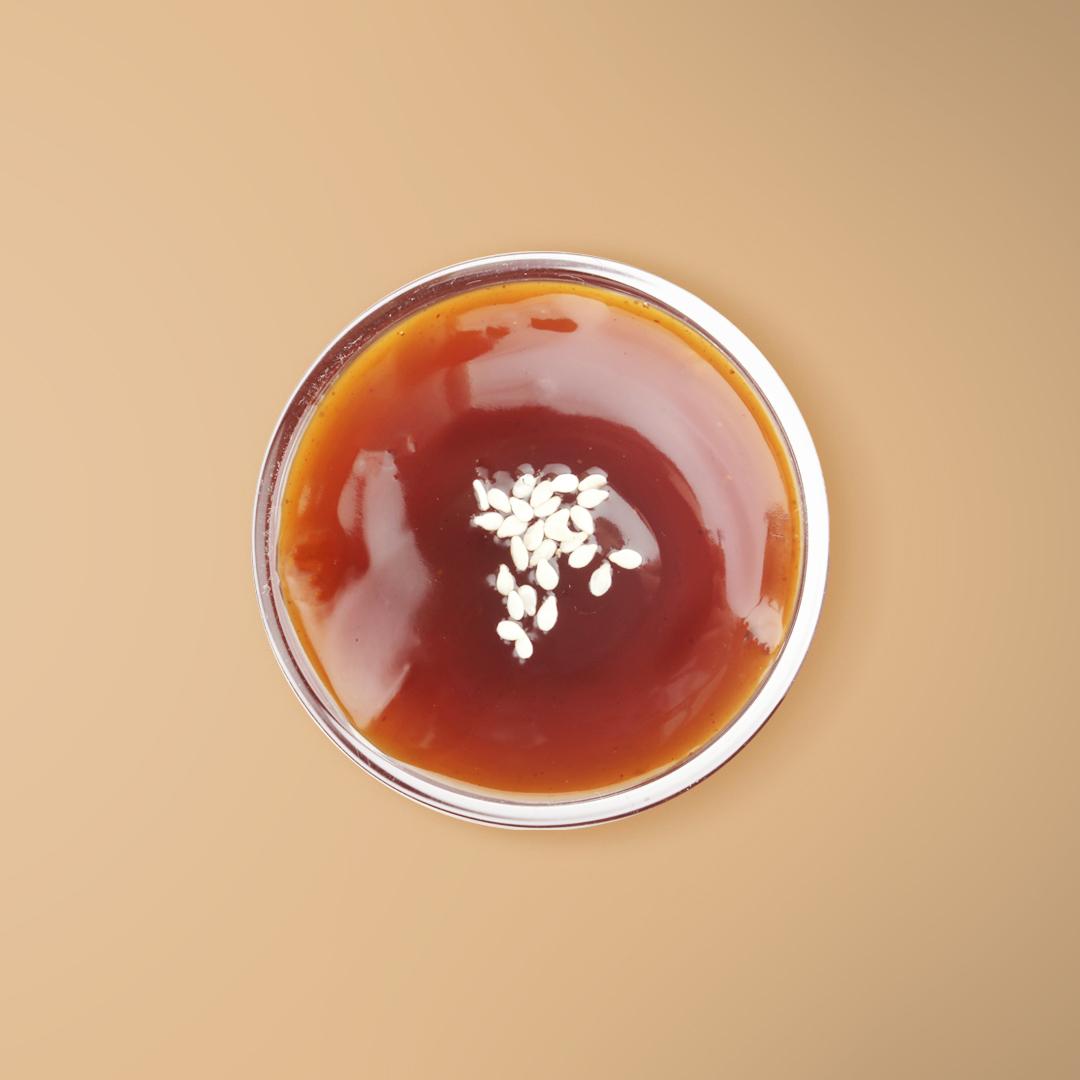Teriyaki Sauce




The term "teriyaki" first appeared in Japan, describing the cooking technique of grilling food with a glaze. This glaze consisted mainly of soy sauce, mirin, and sake, creating a savory and umami-rich flavor.
Over time, other ingredients like sugar, ginger, and garlic were added to the glaze, creating variations in sweetness and depth of flavor.
In the early 20th century Japanese migration to Hawaii led to the fusion of Japanese and Hawaiian culinary traditions. Local fruits like pineapple and brown sugar were incorporated into the teriyaki glaze, adding a new layer of sweetness and tanginess. This "Hawaiian teriyaki" became significantly sweeter and thicker than the traditional Japanese glaze, evolving into the popular sauce we know today.
When buying teriyaki sauce explore different brands and styles of teriyaki sauce. Japanese-style options tend to be thinner and saltier, while American-style versions are sweeter and thicker. Some sauces even claim a "marinade" designation, meaning they're intended for soaking proteins before cooking.
When storing teriyaki sauce, unopened bottles of teriyaki sauce can be stored in a cool, dark pantry for up to 2 years. Once opened, transfer the remaining sauce to an airtight container and store it in the refrigerator for up to 6 months. This helps prevent oxidation and spoilage.
For an extra punch, drizzle a bit of teriyaki sauce over your next batch of popcorn for a sweet and salty, umami-packed treat.
Make teriyaki glazed bananas - Grill banana slices, brush with teriyaki and sprinkle with toasted coconut flakes for a tropical, caramelized treat. Serve with vanilla ice cream for a decadent dessert.
Apply teriyaki sauce directly to rusty tools or objects. The acidity helps break down the rust, making it easier to scrub off. Be sure to follow up with rinsing and drying.
Teriyaki sauce we all know and love is easy to make at home. Combine soy sauce, mirin, sake, ginger, garlic, and your choice of sweetener for a fresh, customizable flavor. For a boozy twist, add a splash of bourbon or rum to your homemade teriyaki for a sophisticated twist. Just remember to cook it off to avoid the alcohol content.
Use less sodium teriyaki if planning to add salty ingredients like soy sauce or sriracha.
Cornstarch or arrowroot powder can be used to thicken your homemade teriyaki for a glaze-like consistency. Just avoid over-thickening, or it might turn gooey.
Aim for a simmer, not a boil, when reducing your teriyaki sauce for glaze purposes. This prevents burning and maintains a smooth, glossy texture.
While teriyaki sauce adds a delicious sweet and savory punch to dishes, its health benefits are a bit of a mixed bag.
Potential benefits of this sauce include the presence of iron, magnesium and B vitamins as well as isoflavones, which act as antioxidants.
The downsides of teriyaki sauce are high sodium content, high sugar content and, quite frequently, added additives and preservatives, being a processed product.
Teriyaki sauce can add flavor to your meals while potentially providing some nutrients. However, its high sodium and sugar content necessitate moderation and mindful consumption.
Corrections or improvements? Email us at
content@sidechef.com